I’ve lived in the same old house on East 4th Ave (Electric Ave) since 1976. As time passed and I watched the neighbourhood change from a somewhat scruffy, mostly rental and treeless residential area to what it is today: a somewhat crowded, treed cul de sac with older houses cared for and lived in by their owners. I was a renter for 17 years before my husband and I bought the house. We raised our two children here, he ran a local business and we made many close friends in the neighbourhood.
Discovering the history of the electric rail line that cut through this area from 1911 to 1953 was a revelation, even though I thought I knew my neighbourhoood. I met some local history buffs and starting digging. Learning more about the people who lived here in the earlier decades has reminded me that although early residents may not have had much money, they have always wanted a better life and advocated for better services for their families. They advocated for sidewalks so children didn’t have to walk on the railway tracks, for a school annex so they didn’t have to cross busy Commercial Drive, for parks and playgrounds for their children to play, for the First Avenue Viaduct to bring more business to the shops on the Drive, for a library for Grandview Woodland, for a full service Britannia Community Centre to serve neighbours of all ages.
I began to meet with a small group of residents and talk about how the neighbourhood has changed over time. We also discussed how we could share this story with other residents. The Places that Matter plaque seemed like a perfect fit.
This once densely forested area of the səlilwətaɬ, xʷməθkʷəy̓əm and Sḵwxwú7mesh peoples was felled to supply the Burrard Inlet sawmills and the colonial lumber trade. Resource extraction gave way to the subdivisions and roads of the property developers attracted by Westminster and Vancouver Tramway company’s service to New Westminster along Park Drive (Commercial). Block 146 between 6th and 3rd Avenues and Victoria Drive was subdivided in 1894 and William Bauer named the new streets Electric, Tram and Railway. In 1911, when the diagonal right of way across the subdivision was activated by the BC Electric Railway for their Burnaby Lake Interurban line, they were renamed as 4th, McSpadden and 5th Avenues. Service ended in 1953 providing the
opportunity to eventually develop Queen Victoria School (1963) and McSpadden Park (1973).
This plaque is supported by residents, former residents and community members on Electric Avenue and Block 146.



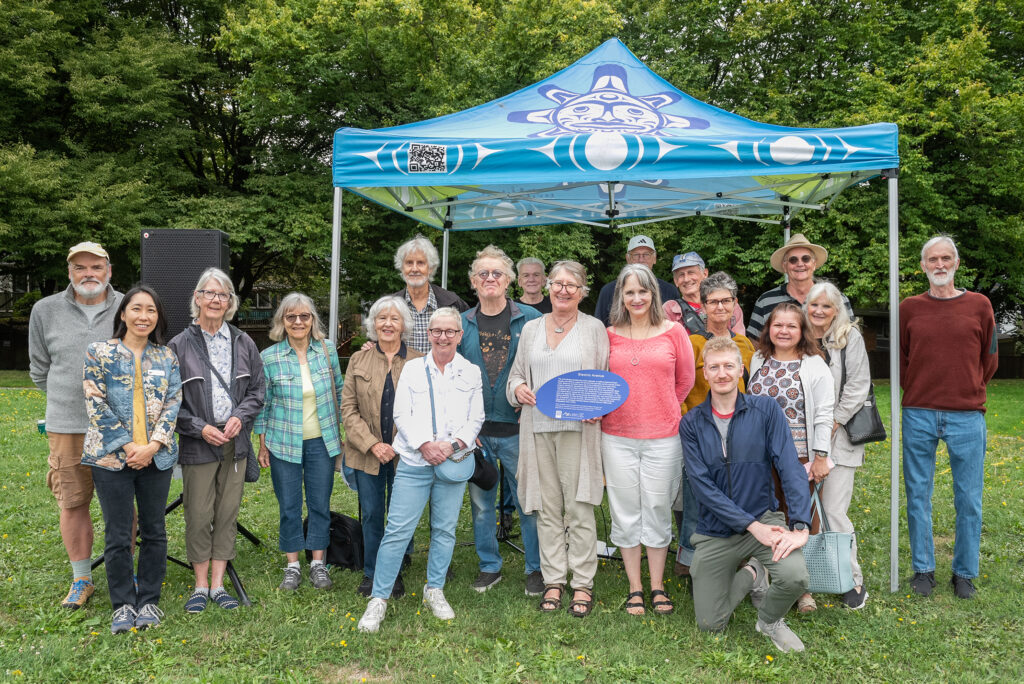
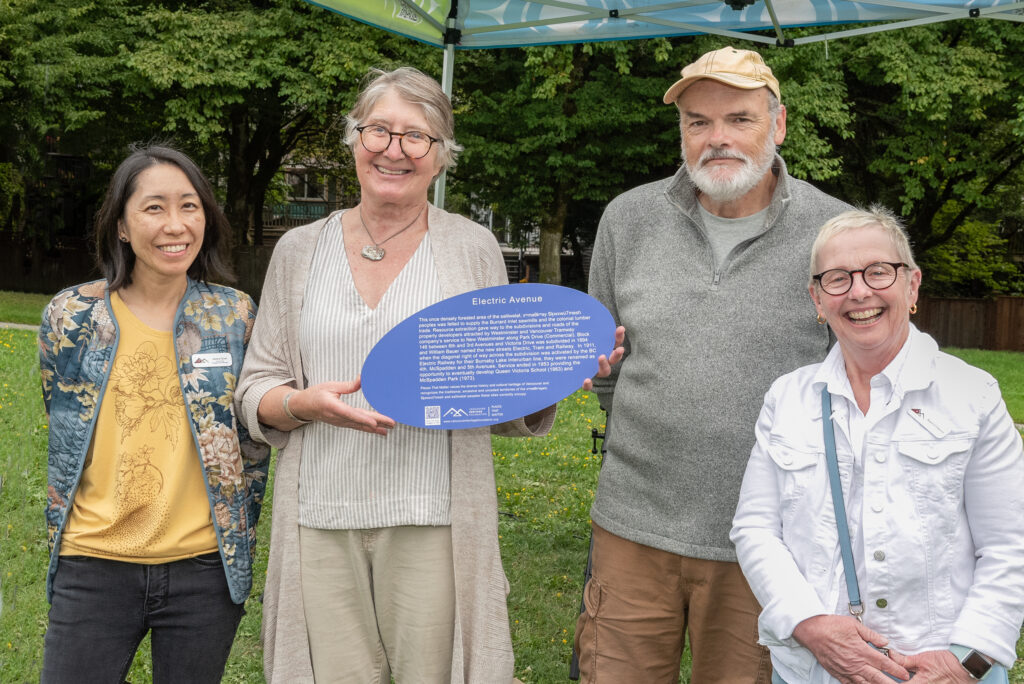
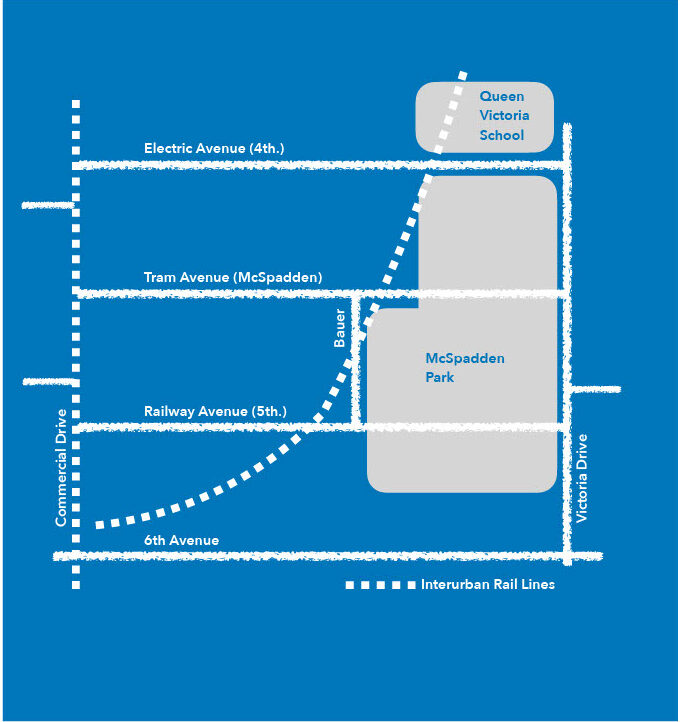
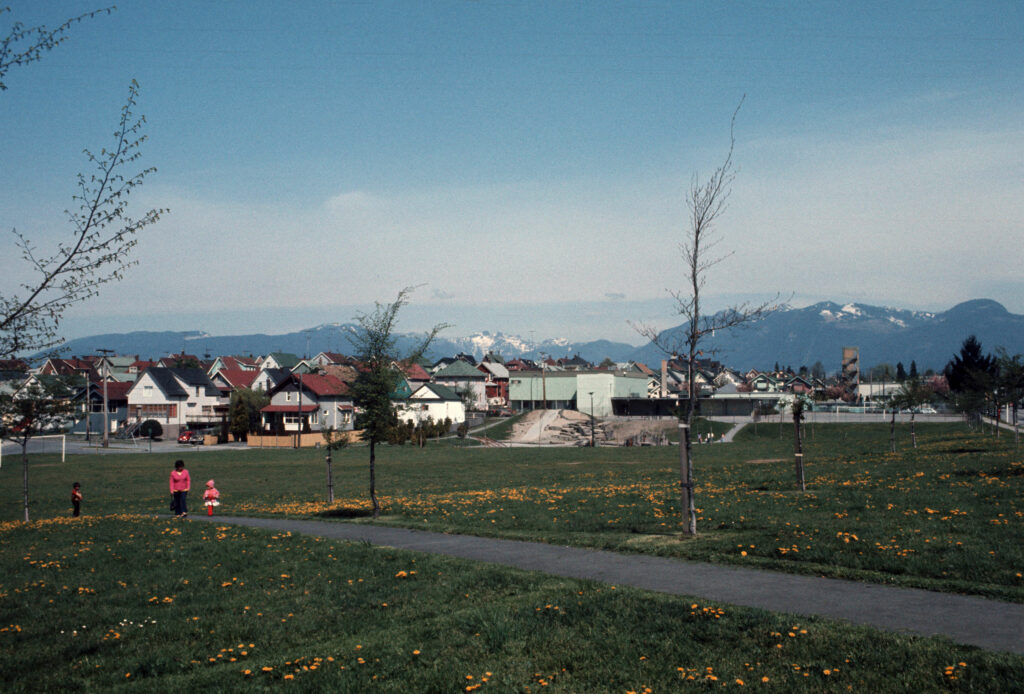
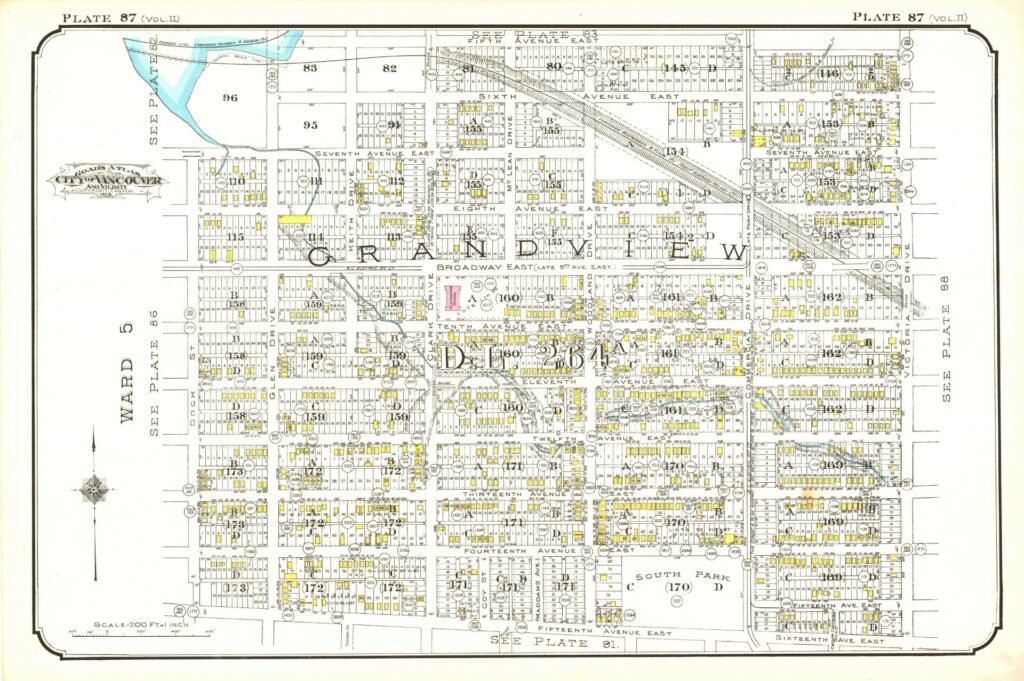
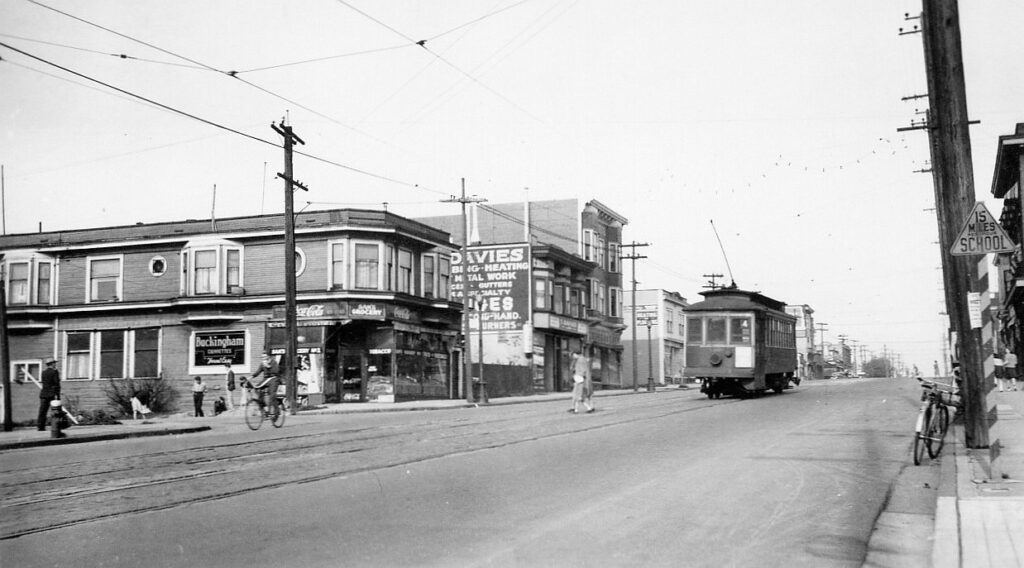
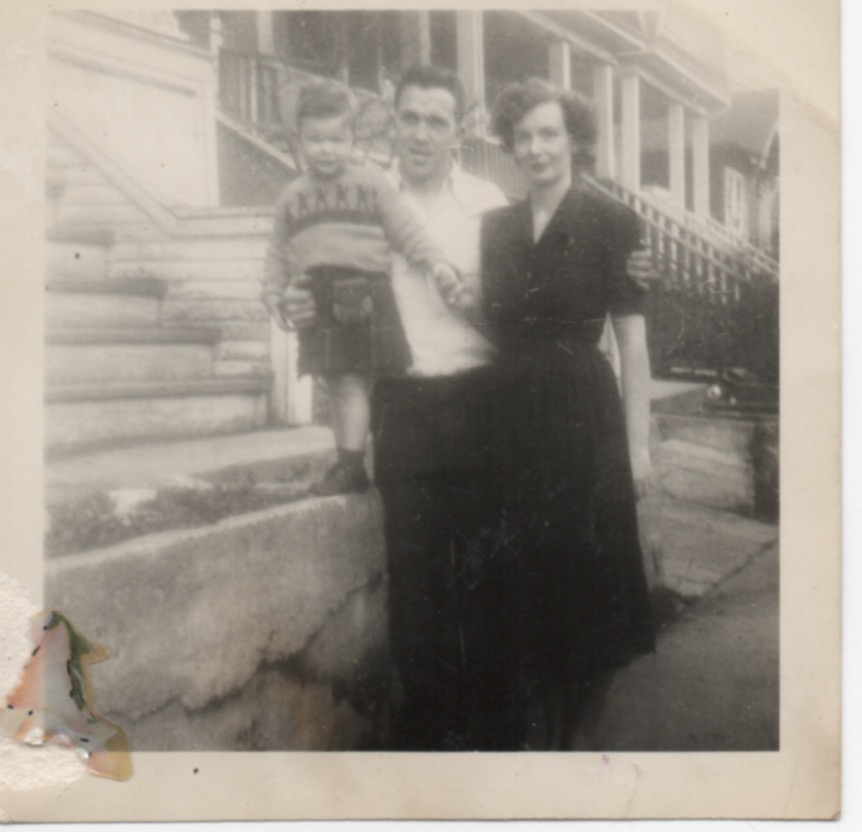
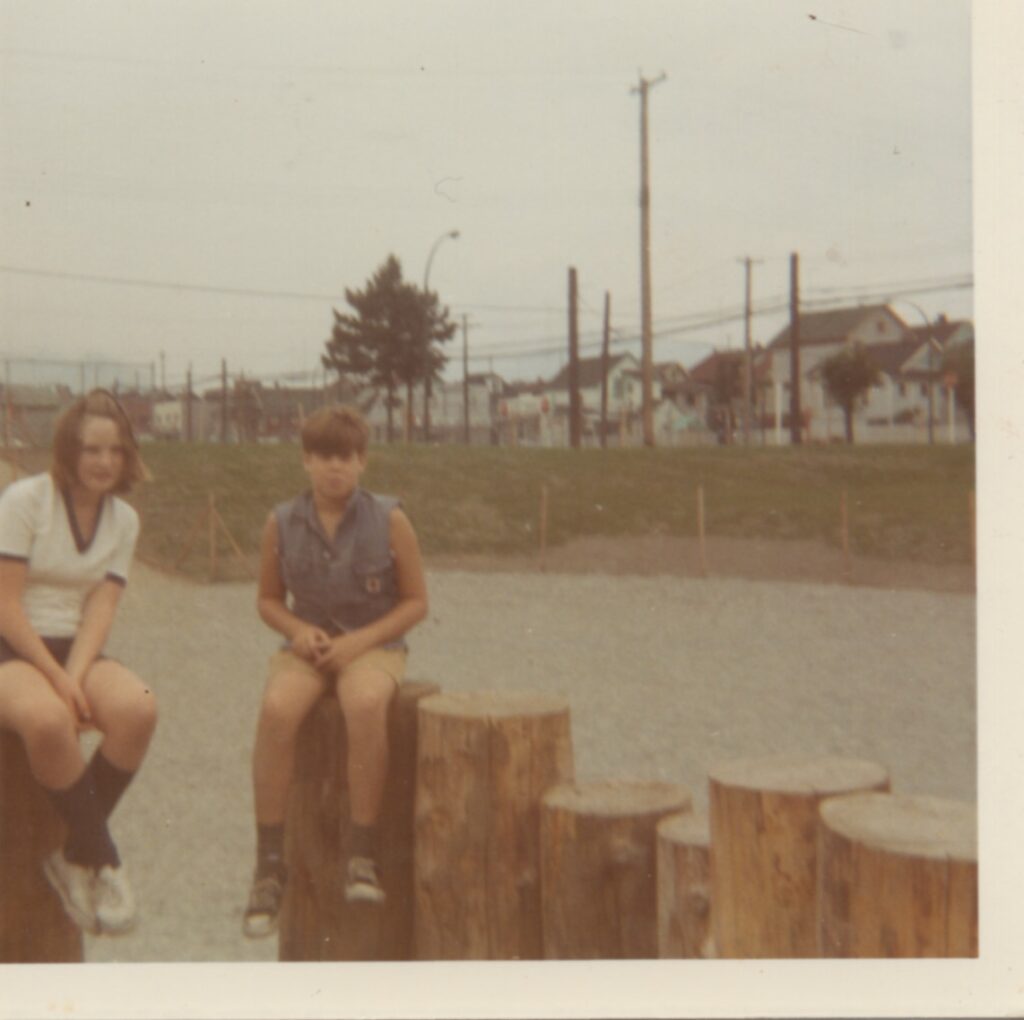
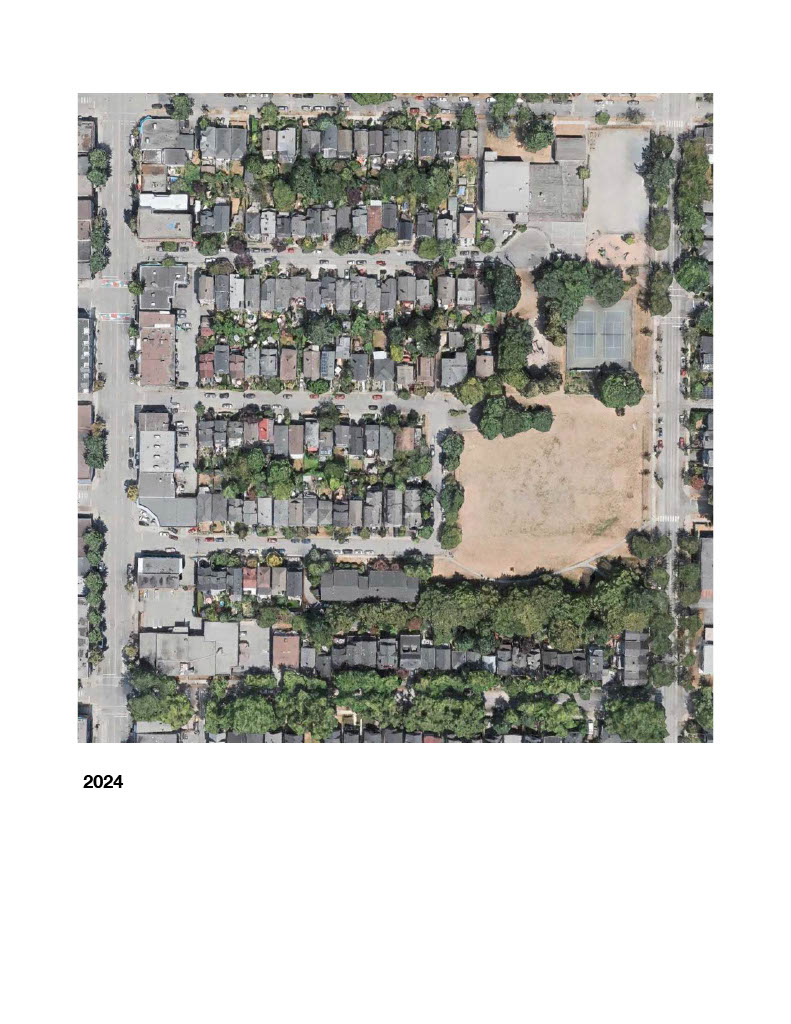
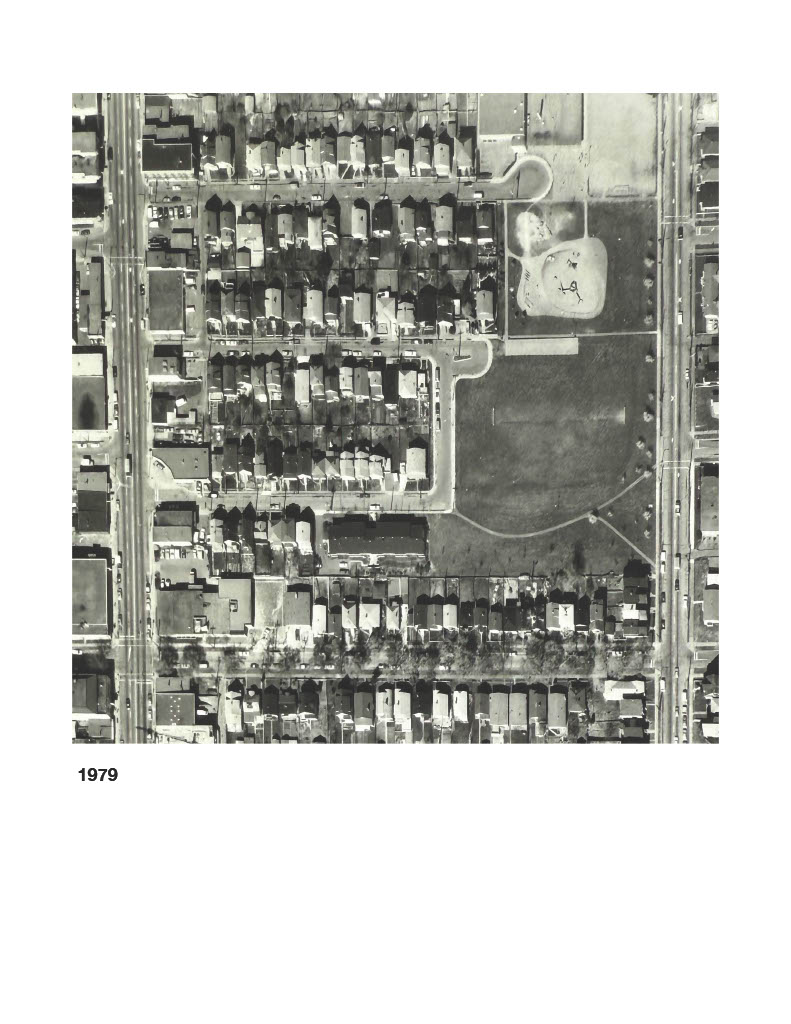
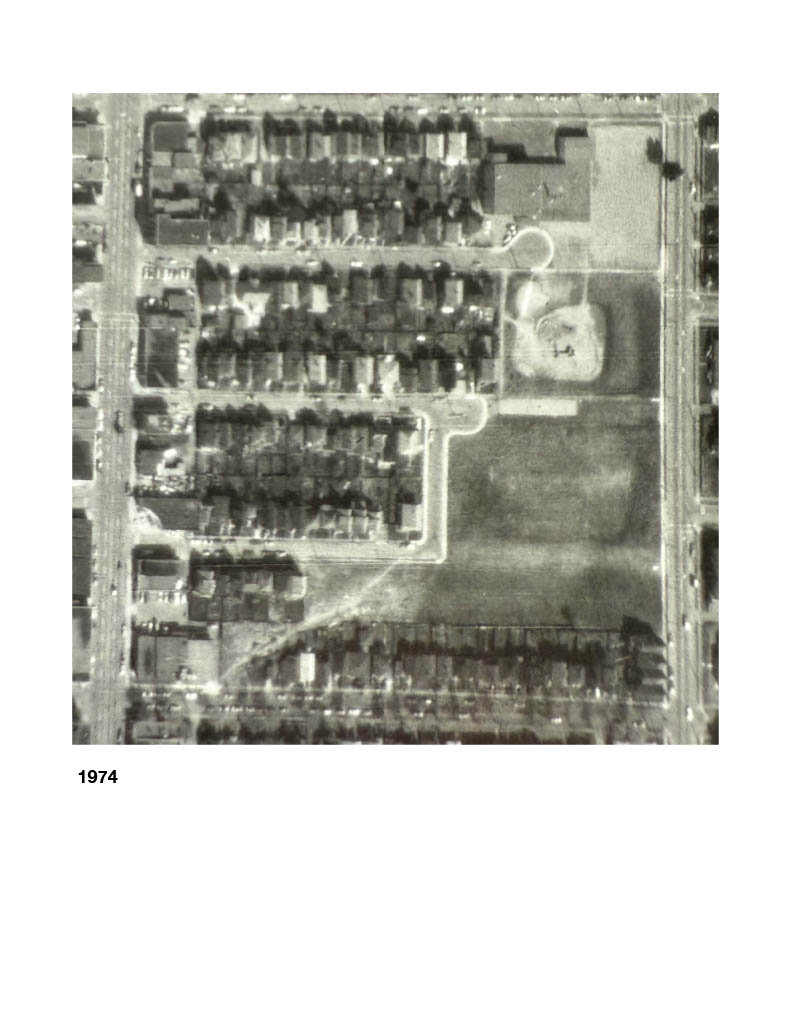
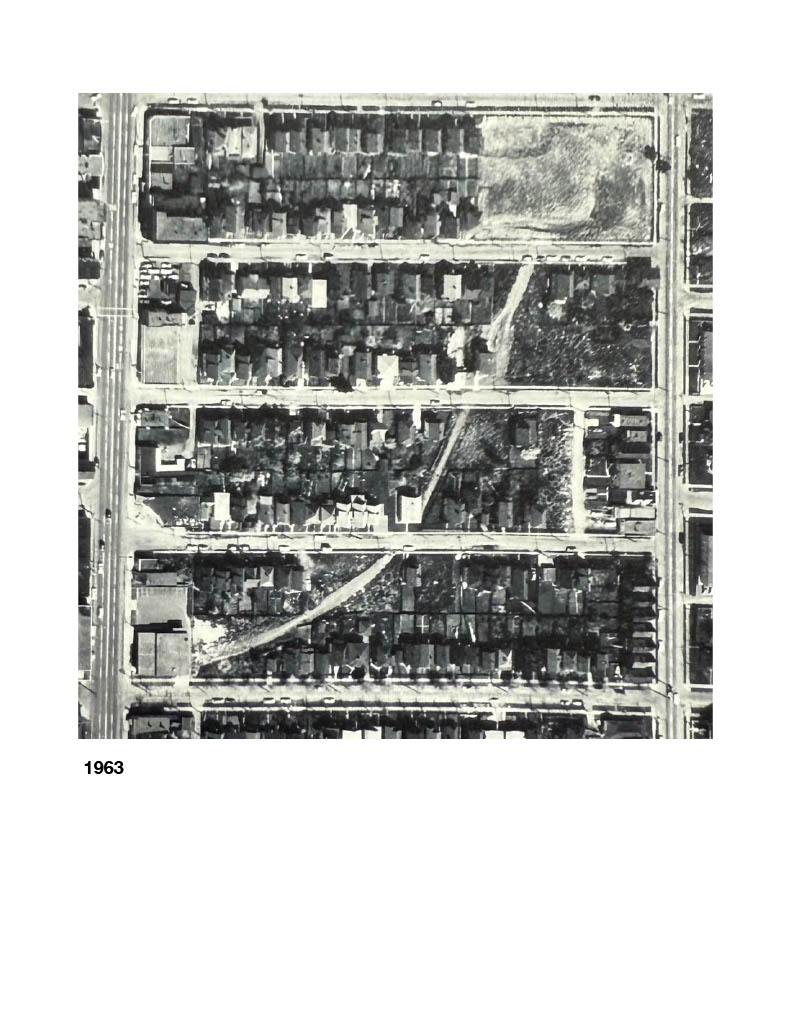
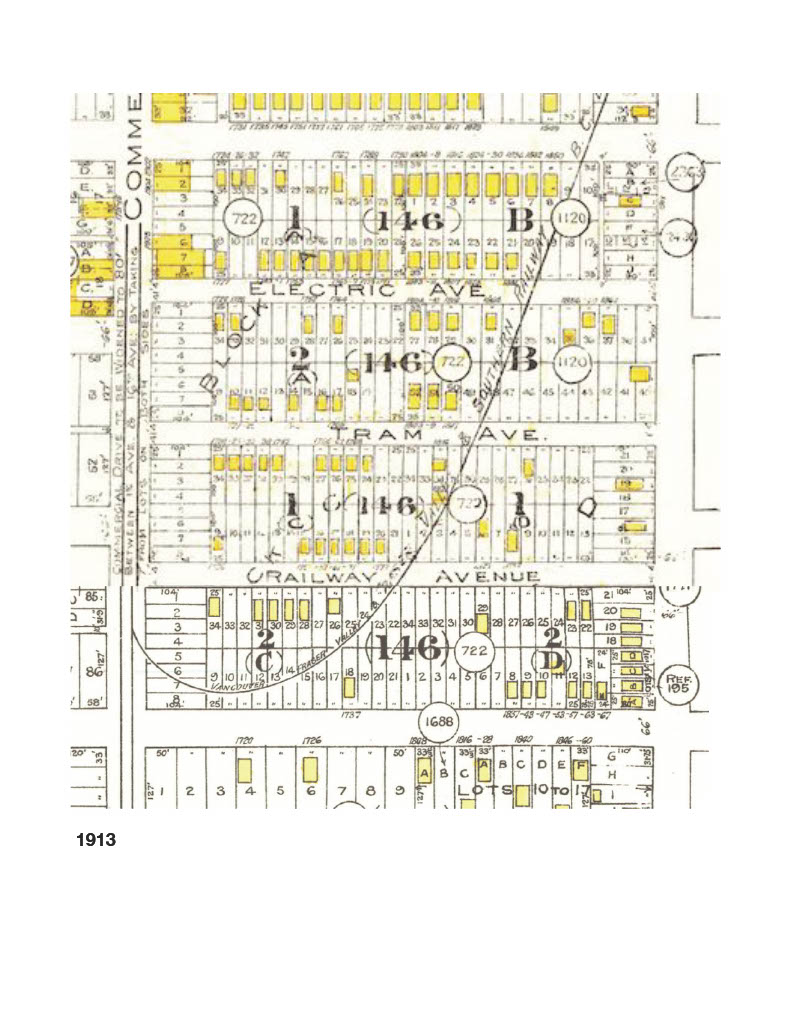
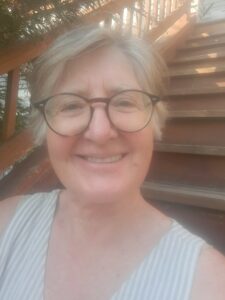
 Electric Avenue was 4th Avenue between Commercial Dr and Victoria Dr
Electric Avenue was 4th Avenue between Commercial Dr and Victoria Dr